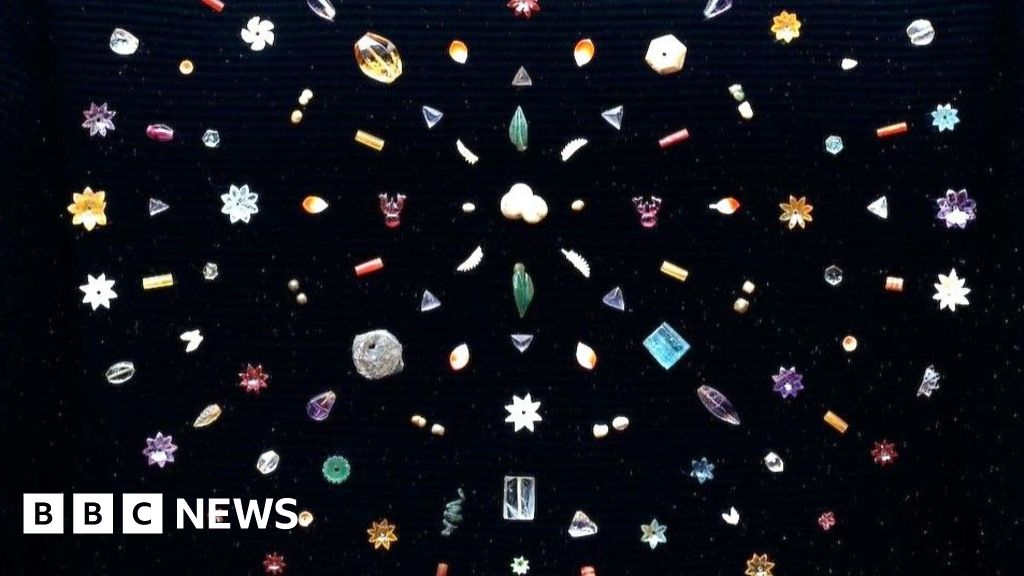Jewels linked to Buddha remains go to auction, sparking ethical debate

The imminent auctioning of a set of jewels, believed to be linked to the remains of Buddha, has ignited a heated ethical debate. The jewels, discovered in 1898, are scheduled for sale at Sotheby’s, the world-renowned auction house.
The contentious items are part of a larger collection, which was unearthed at the Piprahwa Stupa in northern India, an archaeological site linked to the life and death of Buddha. The Stupa is believed to have housed the corporeal relics of Siddhartha Gautama, the spiritual teacher later known as Buddha.
The jewels, composed of various precious gems and gold, are believed to have been part of a reliquary, a container for holy relics, which was interred alongside Buddha’s remains. It is conjectured that these items were offerings, made by devoted followers, in homage to the revered spiritual figure.
The decision by Sotheby’s to auction these jewels has sparked an ethical debate that has reverberated within and beyond the art world. Critics argue that the sale commercializes and trivializes sacred artifacts, reducing their worth to mere pecuniary value.
“This is not just about the monetization of sacred artifacts. It’s also about cultural heritage and the importance of historical preservation,” says Dr. Ananya Bhattacharya, a cultural historian at the University of Delhi. “Such items carry immense historical and spiritual significance. They should be preserved in a museum for the benefit of humanity rather than being sold to the highest bidder.”
The controversy surrounding the auction is also rooted in the contentious history of archaeological and cultural artifacts. Historically, treasures from archaeological sites across Asia, Africa, and South America have been taken to Western museums and private collections, often under dubious circumstances. This has led to increasing calls for repatriation and the return of stolen artifacts to their countries of origin.
Dr. Bhattacharya asserts, “This is part of a larger conversation about the ethics of acquiring and selling cultural artifacts. Who has the right to own such objects? Where should they be kept? These are questions that need to be addressed.”
Sotheby’s, on the other hand, defends its decision to auction the jewels. In a statement, the auction house said, “We believe that the sale of these items, which have been in private hands for more than a century, promotes awareness and appreciation of Asian culture and history.”
The auction house further argues that such sales can contribute to the preservation of cultural artifacts. “The funds raised by these sales often go towards the maintenance and preservation of other important works, ensuring they can be enjoyed by future generations,” the statement read.
However, this justification has not placated critics who argue that the sale and subsequent private ownership of such artifacts essentially privatizes history and restricts public access to important cultural heritage.
As the date of the auction draws closer, the debate grows ever more heated. Advocates for the sale argue that it promotes cultural exchange and appreciation, while critics insist it amounts to cultural appropriation and commodification.
Regardless of the outcome of the auction, this controversy is a clear indication of the need for a broader and deeper conversation on the ethics of cultural inheritance, its preservation, and its ownership. It raises poignant questions about the value we place on our collective history and the lengths we are willing to go to preserve or profit from it.








